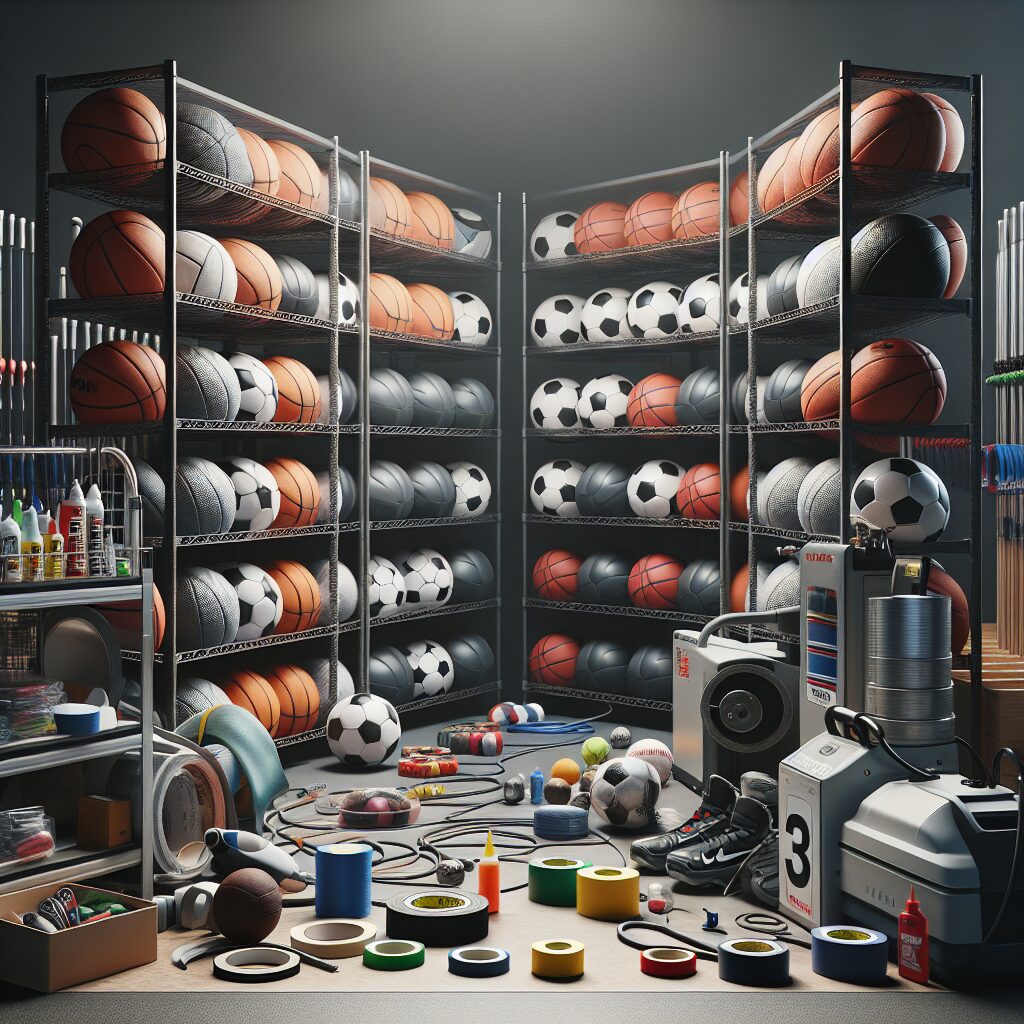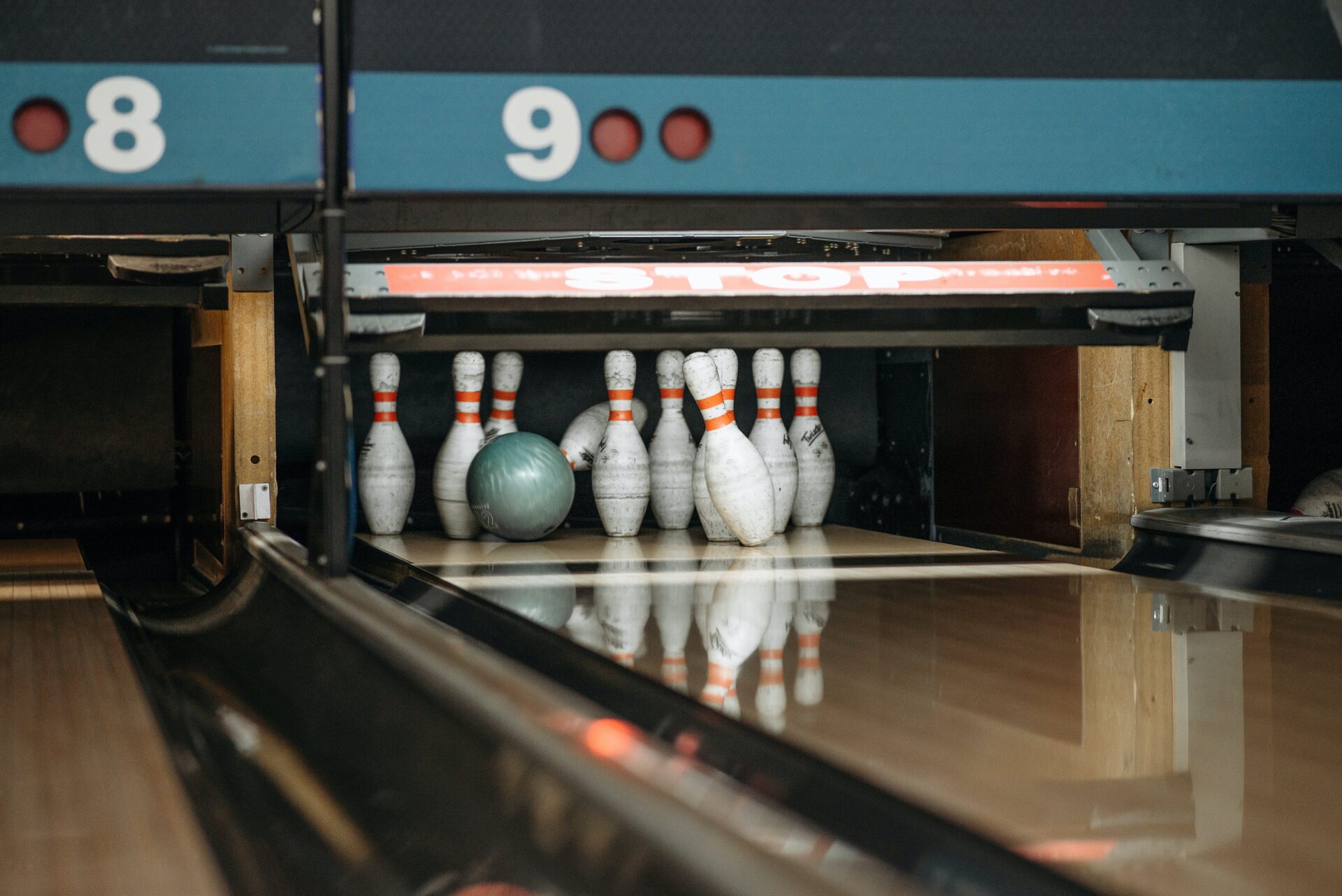In the fascinating realm of sports history, one can find a diverse range of objects and equipment that have evolved over time. Among them, one particular item stands out for its ubiquity across various sports: the humble ball. From ancient times to the present day, balls have played a crucial role in countless sports, adapting and transforming in shape, material, and function. Exploring the historical variations of balls not only sheds light on the development of different sports but also provides insight into the cultural and technological influences that have shaped our sporting world.
As we delve into the topic of historical variations, one cannot help but be intrigued by the multitude of balls that have existed throughout human history. Each sport has its own unique type of ball, be it the round ball of football, the oval shape of rugby, or the oblong ball of American football. Yet, these differing shapes are just the tip of the iceberg. Balls have been made from a range of materials, including leather, rubber, and animal bladders, each offering distinct characteristics to enhance playing experiences. By examining the evolution of these balls, we can gain a deeper appreciation for the innovative advancements that have contributed to the evolution of different sports.
As we journey through the annals of history and explore the fascinating world of balls, we will uncover a multitude of intriguing tales and significant turning points. From the ancient times of stone-filled leather balls and animal bladder spheres to the modern synthetic marvels used in professional sports today, the evolution of balls has mirrored the evolution of sports as a whole. Join us as we dive into this captivating journey, discovering key takeaways along the way that illuminate the continuous innovation and cultural significance of balls throughout the ages.
Key Takeaways
1. Balls have been used for various purposes throughout history, including as weapons, toys, and tools for religious and sporting activities. From ancient times to modern-day, balls have played a significant role in human society.
2. The materials used to make balls have evolved over time, with different cultures utilizing a wide range of substances such as animal bladders, leather, wood, and rubber. Each material brought unique characteristics to the ball, affecting its bounce, shape, and durability.
3. Sports involving balls have existed for thousands of years. Ancient civilizations engaged in ball games, such as the Mesoamerican ballgame or the Chinese practice of cuju, which served both as recreational activities and ceremonial rites. These games often represented cultural values and societal hierarchies.
4. Throughout history, balls have also held symbolic and religious significance. In certain rituals and traditions, balls were used to commune with the divine or convey messages to the spiritual realm. These sacred balls were often crafted with intricate designs and sacred motifs.
5. The invention of new technologies and the standardization of sports in the modern era have led to the development of highly specialized balls. From the carefully designed soccer ball to the aerodynamic golf ball, the shape, materials, and structures of balls have been scientifically engineered to enhance performance and ensure fair play in a variety of sports.
What are the Historical Variations of Balls through the Ages?
1. Ancient Origins
One cannot discuss the historical variations of balls without exploring their ancient origins. Dating back thousands of years, early civilizations utilized various materials to create balls, each serving different purposes. From polished stones used for hunting to animal bladders filled with air for entertainment, these early variations laid the foundation for the balls we know today.
2. Medieval Times
During the medieval period, balls evolved to serve both practical and leisurely purposes. Sports like handball and soccer gained popularity, with balls created from animal bladders or stitched leather. Additionally, more recreational balls emerged, such as wooden quoits and bowling balls, bringing entertainment to people of all ages.
3. Renaissance and Industrial Revolution
The Renaissance period witnessed a resurgence of interest in ball games, further diversifying the variations. In contrast to the previous era’s handmade balls, advancements in manufacturing during the Industrial Revolution led to the production of standardized rubber balls. These rubber balls were used in sports like cricket and basketball, unleashing a new era of precision and consistency.
4. Modern Era and Technological Advancements
In recent centuries, technological advancements have revolutionized the world of balls. Materials like synthetic leather and composite materials have replaced traditional ones, enhancing durability and performance. The introduction of inflatable balls, such as those used in football and basketball, allowed for better control and versatility in sports. Moreover, the development of high-tech balls with sensors and tracking capabilities has transformed sports training and performance analysis.
5. Cultural Significance and Symbolism
Beyond their physical attributes, balls have often held deep cultural significance and symbolism throughout history. In ancient Mesoamerica, the rubber ball game known as “ulama” had ritualistic and religious connotations. In Medieval Europe, balls were sometimes used as diplomatic gifts, symbolizing unity and goodwill between kingdoms. Even today, sports balls can be symbols of national pride and bring communities together through shared passion.
6. The Future of Balls
The historical variations of balls provide a fascinating insight into how they have evolved and adapted over time. As technology continues to advance, it is only plausible that future balls will become even more innovative, incorporating features we can only dream of. Whether it’s the incorporation of advanced materials, sensory feedback, or even gravity-defying properties, the possibilities are endless for the balls of tomorrow.
7. How to Appreciate Historical Balls Today
- Visit museums and exhibitions dedicated to sports history.
- Participate in traditional ball games still practiced today, such as bocce or sepak takraw.
- Read books or articles exploring the history of specific sports and their respective balls.
- Watch documentaries or films that delve into the cultural and historical significance of balls.
- Engage in discussions or forums with sports enthusiasts to share knowledge and insights.
- Collect vintage or replica balls to have a tangible connection to the past.
- Support preservation efforts for historic sports venues or ball-related artifacts.
8. Where to Find Antique Balls and Memorabilia
For enthusiasts and collectors, finding antique balls and memorabilia can be an exciting pursuit. Consider the following:
- Explore online auction platforms or specialized sports memorabilia websites.
- Attend sports memorabilia conventions, where vendors showcase their collections.
- Visit antique shops or flea markets known for selling vintage sporting goods.
- Connect with local collectors or sports history clubs who may have valuable recommendations.
- Consult with appraisers or experts in the field to authenticate and determine the value of items.
By immersing yourself in the historical variations of balls and appreciating their significance, you can develop a deeper understanding of their role in shaping different cultures, sports, and human interaction throughout the ages.
FAQ
1. What is Historical Variations: Balls through the Ages?
Historical Variations: Balls through the Ages is a comprehensive study that explores the different types of balls used in various historical periods, shedding light on how they have evolved over time.
2. Why is it important to study historical variations of balls?
Understanding the historical variations of balls provides insights into the cultural, social, and technological advancements of different eras. It showcases how games and sports have evolved, reflecting changes in society and innovation.
3. What are some notable historical balls?
Some notable historical balls include the Mesoamerican ball used in the ancient Mayan and Aztec civilizations, the leather footballs used in medieval Europe, and the feathered shuttlecocks from ancient China used in early versions of badminton.
4. How have ball materials evolved over time?
Ball materials have evolved significantly over time. From early balls made of animal bladders and inflated pig bladders, to leather, rubber, synthetic materials like PVC, and modern-day high-performance materials like polyurethane, advancements have improved the durability, performance, and safety of balls.
5. Were balls used for purposes other than sports?
Yes, balls have served various purposes beyond sports. In ancient times, some balls were used in religious rituals and ceremonies, while others were used as tools for hunting or weapons in battle.
6. How have rules and game dynamics changed with historical variations?
With the introduction of different ball variations over time, rules and game dynamics have adapted accordingly. For example, the shift from heavy leather footballs to lighter synthetic materials influenced the way football is played, emphasizing speed and precision.
7. What impact have historical ball variations had on popular sports today?
Historical ball variations have had a profound impact on popular sports, influencing game strategies, player skills, and even the design of sports equipment. By studying these variations, we gain a deeper appreciation for the roots and development of modern-day sports.
8. Are there any historical ball games that are no longer played today?
Yes, there are various historical ball games that are no longer played today. Some examples include the ancient Mesoamerican ballgame known as ullamaliztli and the medieval game of knattleikr played in Scandinavia.
9. What role did historical ball variations play in the development of new sports?
Historical ball variations played a crucial role in the development of new sports. They sparked ideas for different game formats and inspired inventors to create new sports by modifying existing ball games or introducing innovative ball designs.
10. Where can I learn more about Historical Variations: Balls through the Ages?
You can find more in-depth information about Historical Variations: Balls through the Ages in books, academic journals, and online resources dedicated to sports history and culture.
Final Thoughts
Exploring the historical variations of balls offers us a fascinating window into the past. It allows us to appreciate the significance of balls beyond their functional role in sports, highlighting their cultural, social, and technological importance. From ancient rituals to modern-day games, balls have been witnesses and catalysts of human creativity, innovation, and connection.
By understanding how balls have evolved and influenced various aspects of society, we gain a deeper understanding of our collective history. The study of Historical Variations: Balls through the Ages enriches our knowledge and appreciation for the games we enjoy today, reminding us of the continuous evolution and enduring power of sport throughout time.




